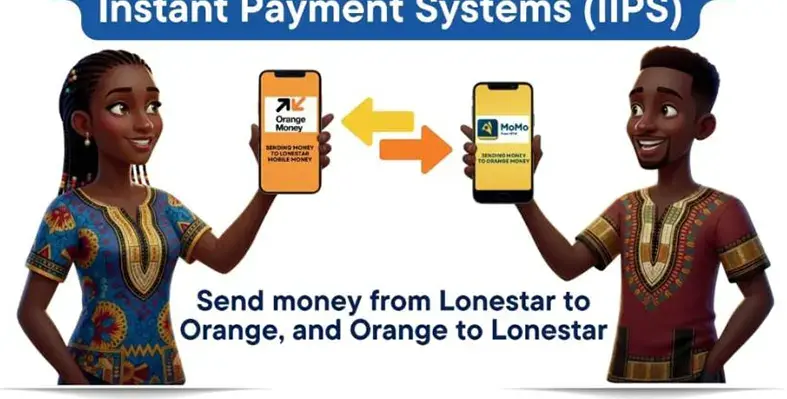There are several core drivers motivating network development through to 2020, applicable both to advanced and emerging market scenarios
Marcus Weldon, president of Bell Labs and corporate chief technology officer at Alcatel-Lucent, accounted for these drivers at MWC 2015.
There is a view at Bell Labs that the world will be and must be wholly digitised. We want to digitise everything, but the majority of things have not been touched by connectivity.
Think about what we have digitised so far, in any meaningful sense. Music, books, newspapers, magazines. Everything else in is still to be digitised. Now, imagine you can have access to all information about everything in your life. Such systems would automate, but they would also inform you and know your habits in relation to their use and operation.
Underpinning digital development are two value paradigms in the digital world: time and trust. Digitising the world is about saving time. Doing it wrong can cause time to be wasted. Now imagine motor vehicle traffic, and how time can be saved through intelligent, proactive routing and vehicle management, perhaps with driverless cars. Online, What has Google Plus been trying to enable, and support? it has tried to help save time by enabling multitasking.
Connecting controlling gaining context from things saves time. But trust is also a key component of the digital world. So much is exposed, for example, connecting via IP exposes cameras sensors and s behavioural traits unacceptably.
So imagine having files sent to you that enable you to recreate objects with a 3D printer, to suit your lifestyle or your business requirements. You can create hearing aids, personal sensors, toys and equipment using 3D printing techniques. Increasingly, 3D printed objects are finished in high quality.
Today we are mostly physical. Many goods have no interactive capability. This will change in a brand new paradigm over the next five years. That is Marcus Wheldon's vision. That is Bell Labs' vision.
Imagine running a large-scale global enterprise from a virtual base, across a virtualised network. Emerging economies have as much a shot at this as developed ones. Virtualised options are available at all levels of economic development and offer a multiplicity of investment scenarios. For example, 3d printers can be located as easily in a village as in a town.
Spectrum, spectral efficiency and space
Weldon speaks of limitations before opening up to opportunities. The new paradigm Weldon refers to requires massive investment in wireless infrastructure, built upon a combine of virtualisation, routing and optical layer technologies. We have almost reached the limits of our current architectures. Spectrum is limited and spectral efficiency has limits, as do the reuse of space with current technologies.
However, space can be used over and over again because space really has no limit. Achieving the required 15-20 increase in networks capabilities is possible through the use of space in innovative ways. So there has to be a convergence of wireline and wireless traffic through one backhaul system, for example. And because capacity has to be scalable and continuously optimised, NFVSDN is about creating instances of the network when needed to enable scalability and flexibility required at affordable investment premiums for network operators. It offers the right economic argument - but to do it correctly, NFVSDN has to be utilised at the edge of the cloud. The network has to be extended into the home, the office, the shop and other locations; virtualised operations can be and have to be embedded within devices as well as the boxes along the network and at the network extremities, using the latent processor power of the billions of cameras, phones, tablets, phablets, laptops and desktops as well as the computing potential of base stations.






















